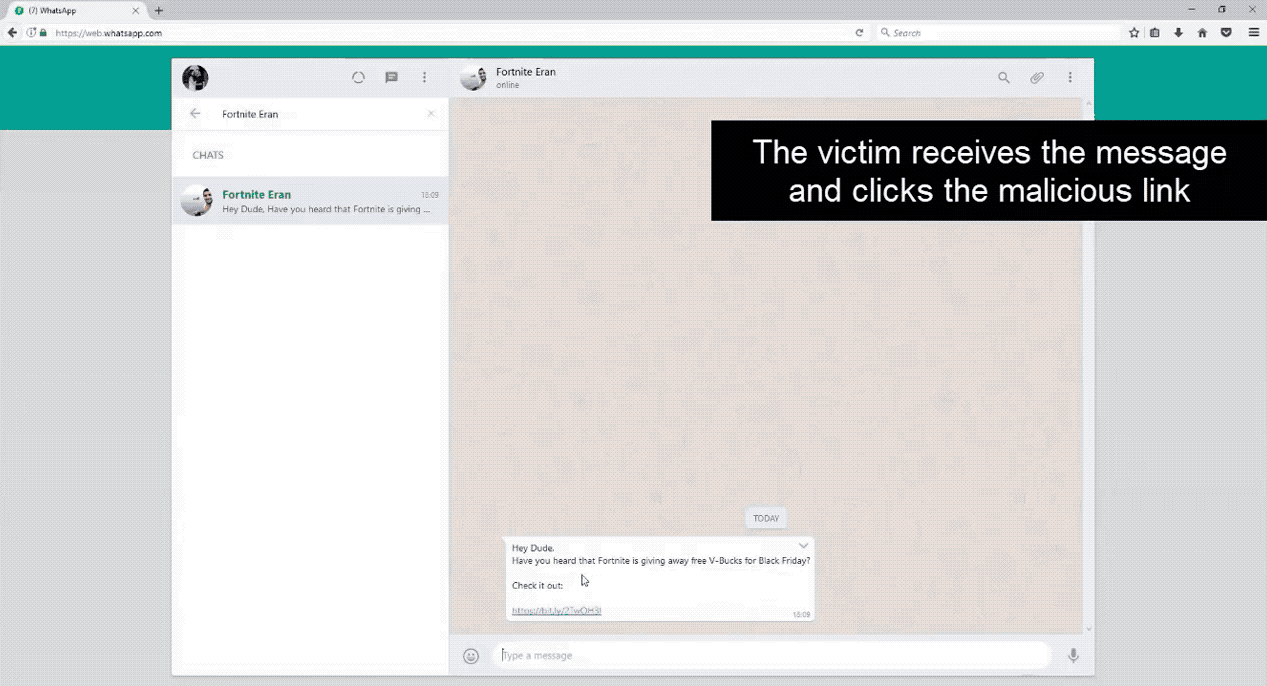Facebook is launching some of its self-styled ‘election security’ initiatives into more markets in the coming months ahead of several major votes in countries around the world.
In an interview with Reuters the social networking giant confirmed it’s launching checks on political adverts on its platform in Nigeria, Ukraine and the European Union, reiterating too that ad transparency measures will launch in India ahead of its general election.
Although it still hasn’t confirmed how it will respond in other countries with looming votes this year, including Australia, Indonesia, Israel and the Philippines.
Concern about election interference in the era of mass social media has stepped up sharply since revelations about the volume of disinformation targeted at the 2016 U.S. presidential election (and amplified by Facebook et al).
More than two years later Facebook’s approach to election security remains ad hoc, with different policy and transparency components being launched in different markets — as it says it’s still in a learning mode.
It also claims its variable approach reflects local laws and conversations with governments and civil society groups. Although it says it’s also hoping to have a set of tools that applies to advertisers globally by the end of June.
“Our goal was to get to a global solution. And so, until we can get to that in June, we had to look at the different elections and what we think we can do,” Facebook’s director of global politics and outreach, Katie Harbath told Reuters.
Many markets where Facebook’s platform operates also still have no limits on who can buy and target political ads, as too do many smaller elections, such as local elections.
Even as the checks and balances the company does offer in other markets remain partial and far from perfect. For instance Facebook does not always offer meaningful checks on issue-based political advertising because, in some markets, it narrowly draws the definition as related to parties and candidates only, thereby limiting the effectiveness of the policy.
(And plenty of Kremlin propaganda targeted at the 2016 US presidential election was focused on weaponizing issues to whip up social divisions, for example, such as by playing up racial tensions, rather than promoting or attacking particular candidates.)
Facebook told Reuters it’s launching an authorization process for political advertisers in Nigeria today, ahead of a presidential election on February 16, which requires those running political ads to be located in the country.
It said the same policy will apply to Ukraine next month, ahead of elections on March 31.
Facebook also reiterated that election security measures are incoming ahead of India’s general election last month. From next month it will launch a searchable online library for election ads in India which votes for parliament this spring. The ads will be held in the library for seven years.
It has already launched searchable political ad archives in the U.S., Brazil and the U.K. But again its narrow definition of what constitutes a political ad limits the scope of the transparency measure in the U.K., for example. (Whereas in the U.S. the archive can include ads about much debated issues such as immigration and climate change.)
The Indian archive will contain contact information for some ad buyers or official regulatory certificates, according to Reuters.
While, in the case of individuals buying political ads, Facebook said it would ensure their listed name matches government-issued identity documents.
The European Union, which goes to the polls in May to elect MEPs for the European Parliament, will also get a version of the Indian authorization and transparency system ahead of that vote.
The European Commission has stepped up pressure on tech platforms over election security, announcing a package of measures last month intended to combat democracy-denting disinformation which included pressing platforms to increase transparency around political ads and purge fake accounts.
The EC also said it would be monitoring platforms’ efforts — warning that it wants to see “real progress”, not more “excuses” and “foot-dragging”.
We contacted Facebook for further comment on its international election security efforts but at the time of writing it said it had nothing more to add.




